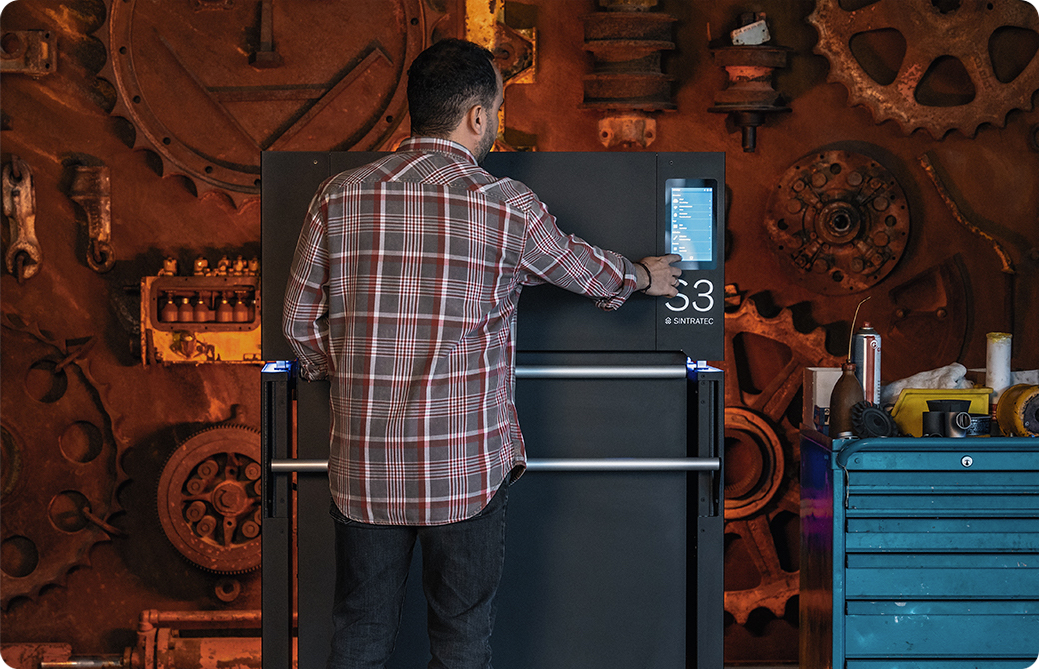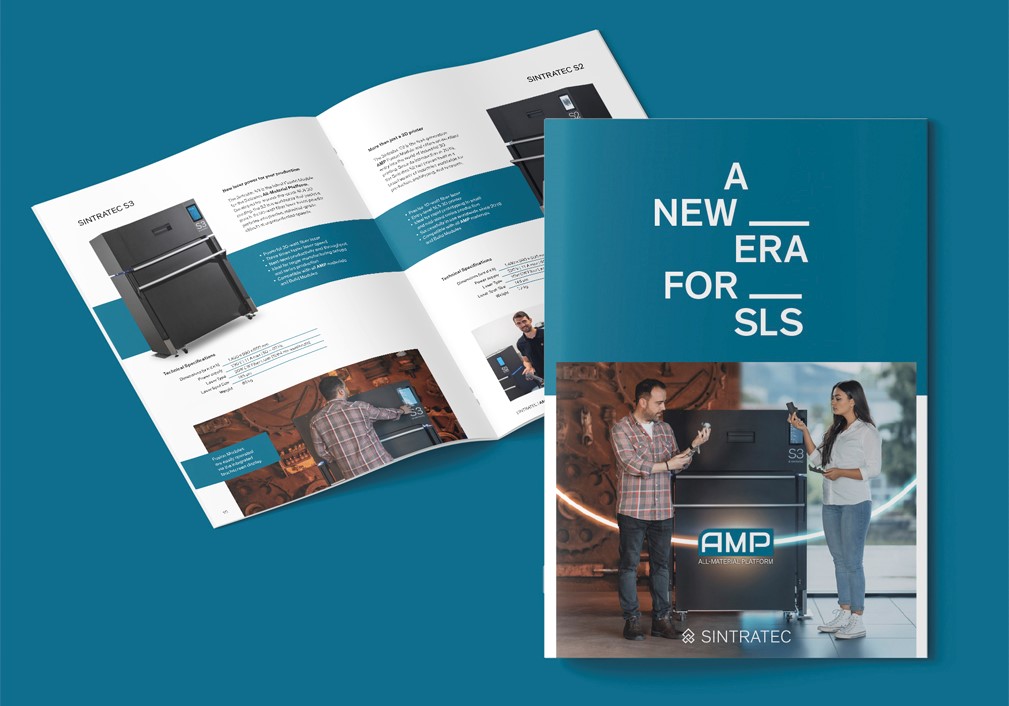Shifting into high gear with SLS
At a Polish branch of TI Fluid Systems, functional prototypes and spare parts for the automotive industry are selectively laser sintered. Using a Sintratec S2, Paweł Pułtorak’s team prints precise and complex parts to validate their designs.




TI Fluid Systems is one of the biggest suppliers for automotive fluid solutions. Source: TI Fluid Systems
A global automotive supplier
TI Fluid Systems is a manufacturer for automotive fluid technology headquartered in Oxford, England. With more than 100 years of experience and 28’000 employees across 29 countries, the company has established itself as a major supplier to the automotive industry. Primarily, TI Fluid Systems specializes in the development and production of industry-leading fluid carrying systems, as well as fuel tank and delivery systems that are found in two-thirds of all vehicles worldwide.
Innovation from Poland
One of TI Fluid Systems 114 branches is located in Bielsko-Biała, Poland, where Paweł Pułtorak has been the head of the design department for the last 18 years. Under his guidance, the team has gradually incorporated additive technologies into their research and development. «3D printing is a very important tool for supporting the work of engineers in the design department», states Pułtorak. With these advanced manufacturing methods, the team is able to reduce production costs and time-to-market.




The design department uses selective laser sintering to rapidly advance their product development.


SLS parts being depowdered inside the Sintratec Material Handling Station.
SLS for precise prototypes
«The main use of the 3D prints is to verify the shape and geometry of the designed elements before making the injection mold and going into series production», Pułtorak explains. Due to the high requirements for prototypes in the automotive sector, the company decided to invest in a Sintratec S2 – a selective laser sintering (SLS) system. «Other technologies did not allow us to print as precise components as SLS does», says Pułtorak. With the robust Sintratec PA12 material in particular, the engineers can cover the majority of the company’s prototyping needs.
A wide range of applications
According to Paweł Pułtorak, the Sintratec S2 is used practically every day. «The SLS parts allow us to assess whether there are collisions in our assemblies», explains the department head. «We also use them during our project group meetings and in functional tests.» Apart from the previously mentioned prototypes, the main pieces printed at TI Fluid Systems are housings, construction and tooling elements, jaws and work pieces to assist with assembly, as well as spare parts for the maintenance department.

Accuracy and strength combined
«What we like the most about the Sintratec S2 system is the accuracy of 3D printed elements», emphasizes Pułtorak. For the TI Fluid Systems design department, the precision and strength of these components plays a crucial role in their development efforts. After over two years in use, the economic benefits of the Sintratec S2 have become apparent as well. «The machine is definitely a good investment», summarizes Paweł Pułtorak.

“What we like the most about the Sintratec S2 system is the accuracy of 3D printed elements – we can make very precise components, and this aspect is crucial for us.”
Paweł Pułtorak
Head of the design department
TI Fluid Systems Poland
Interested in our SLS technology?
Our Swiss-made 3D printers enable users around the world to break new ground and advance their applications. Would you like to find out more about the Sintratec technology? Then contact us today!





